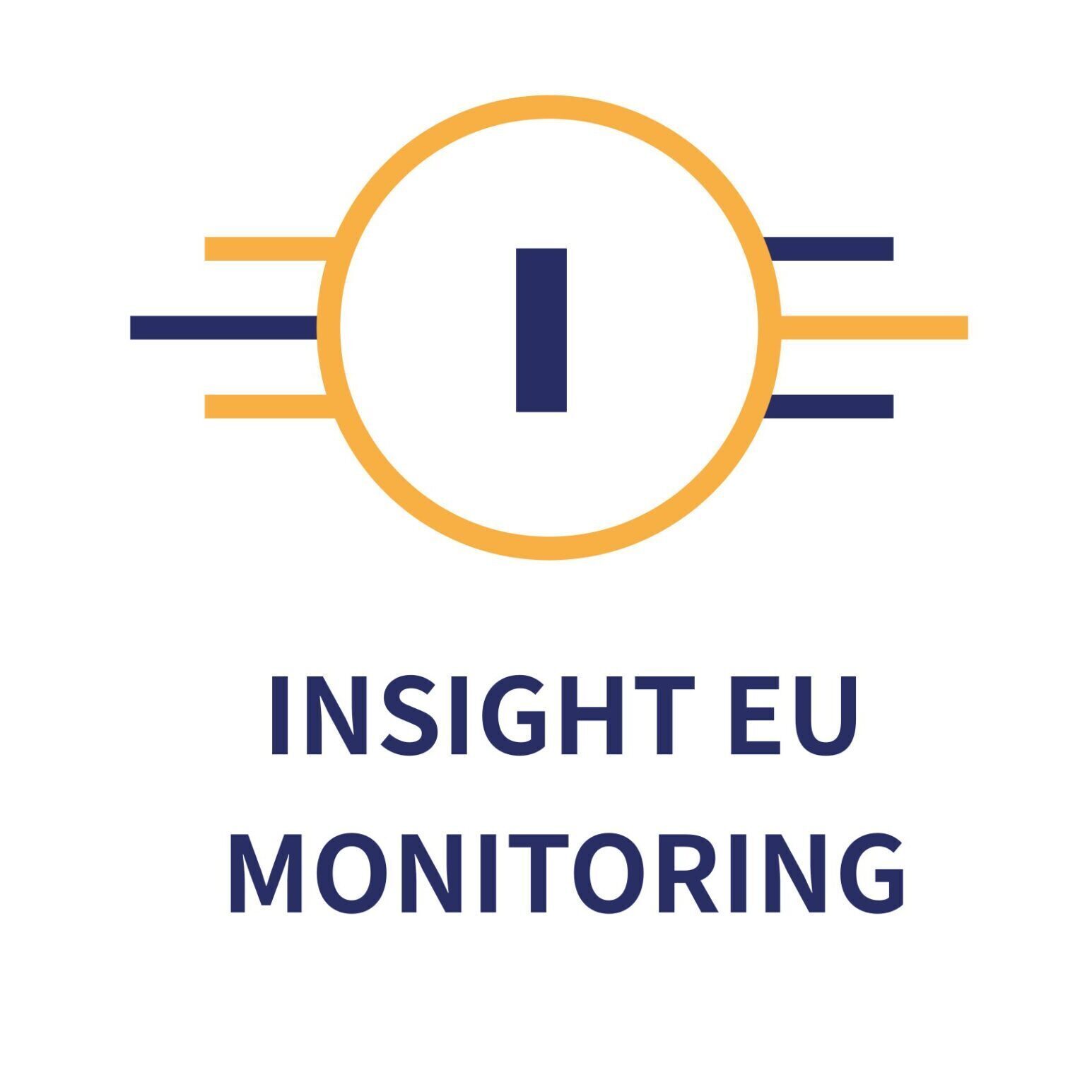Berlin, January 2025
By Eckhard Lübkemeier, former Ambassador and Visiting Scientist at the Stiftung Wissenschaft und Politik/German Institute for International and Security Affairs (SWP)
On January 3, 2022, the leaders of nuclear-armed China, France, Russia, the United Kingdom and United States of America issued a statement “On Preventing Nuclear War and Avoiding Nuclear Arms Races”.
The statement is at once reassuring and disconcerting: while the five leaders reaffirmed their common interest in preventing a nuclear war that “cannot be won and must not be fought”, a deteriorating security environment had prompted them to do so.
The Russian war on Ukraine and hybrid attacks elsewhere in Europe, a tension-laden U.S.-Chinese rivalry, a more autocratic and less democratic world, disruptive developments such as climate change and a shift in the geopolitical distribution of power are fuelling “strategic competition, pervasive instability and recurrent shocks”. (NATO Strategic Concept 2022)
A world in perilous flux does not lend itself to the marginalisation, let alone the elimination, of nuclear weapons. Instead, the task is to harness nuclear weapons for deterrence and defence in a way that takes account of their unique destructiveness and keeps the horse before the cart by acting on the Clausewitzian precept of subordinating military means to political ends.
Approach
The paper’s contribution to this task consists of two major parts, interrelated like means to an end. Following an outline of the strategic landscape (“A World in Perilous Flux”), Part One (Nuclear Deterrence: Principles) lays the conceptual groundwork for Part Two (Nuclear Deterrence: Policies). It is divided into three chapters: “Deterrence in a New Nuclear Era”, “NATO: Extended Deterrence for Europe”, and “Extended Deterrence for Europe and by Europe?”.
Read the SWP Paper
Download: Mapping the Realm of the Unknown (PDF)
Note
SWP Working Papers are online publications within the purview of the respective Research Division, Thematic Working Groups or the Executive Board. Unlike SWP Research Papers and SWP Comments they are not reviewed by the Institute.
Source – SWP
